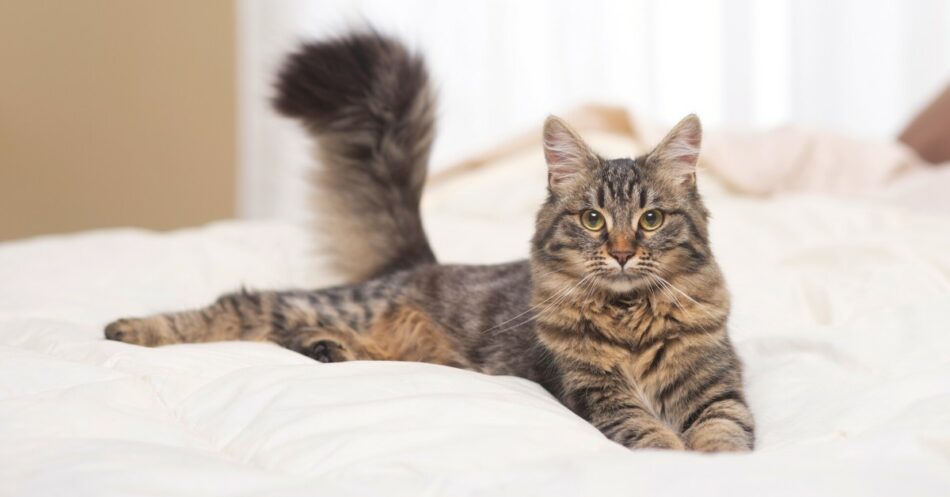
Why Is My Cat Shedding So Much: 9 Reasons Why and When to Worry
Cat shedding is a normal part of most cat parents’ lives. But if you’ve vacuumed, swept, and run over your hair remover rollers on everything and still, still finding hair from your cat’s coat everywhere, you might be wondering, “Why is my cat shedding so much?”
Here are answers to your top cat shedding questions as well as nine reasons why your ball of fluff is suddenly fluffier than usual.
Do All Cats Shed?
The short answer is yes. All cats shed, but some cats shed a lot less than others.
Cat shedding is a natural process, and the amount of shedding can vary greatly between different breeds and individual cats.
If you’re concerned about allergies, it’s crucial to know that it isn’t a cat’s hair that triggers allergic reactions; instead, it’s proteins found in their saliva. All cats groom themselves, which transfers these proteins onto their fur and skin.
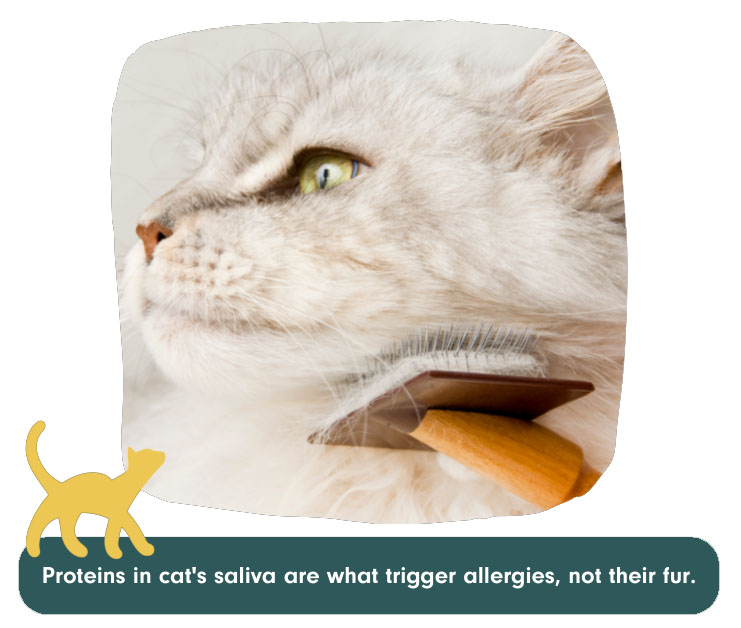
When cats shed skin cells or lose hair, those proteins are spread around the environment. Interestingly, cats also share these proteins with their human companions by licking and “grooming” them, potentially triggering allergies even in individuals with low-shedding indoor cats.
Because cats can sneak into any space, it can make it hard to find all the fluff. My biggest struggle with cat shedding has been in the closet—Olivia used to sleep in the closet under where I hung my sweaters. As a result, I’d have massive amounts of cat hair on the arms of my sweaters. I wouldn’t realize this until I wanted to wear one!
When we moved, I discovered that my futon in the guest bedroom was full of my cat’s hair on the backside. This is because it was Turtle’s favorite place to hide and sleep.
Shed cat hair can find its way into any space, making it a challenge to keep your home hair-free. This can pose particular challenges for people with allergies, as cat hair is fine and can be difficult to clean up compared to dog hair.
Pin Me!
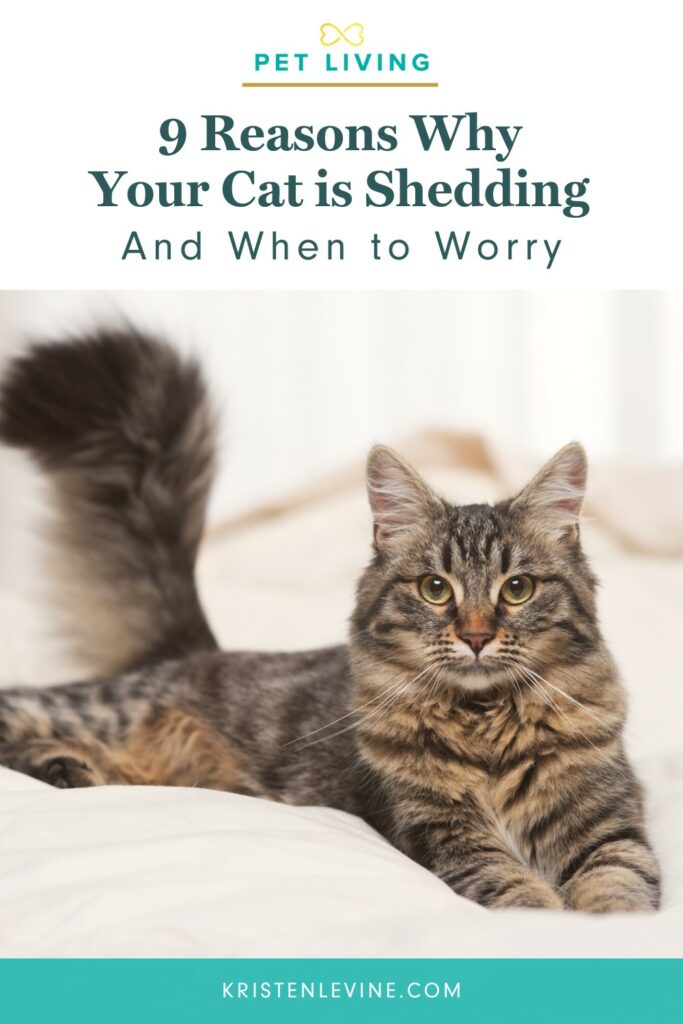
Cats That Don’t Shed
As mentioned above, there really isn’t a cat that doesn’t shed at all. However, there are definitely breeds that shed less.
Your “hairless” cat breeds like the Sphynx obviously have very little hair to shed, but even they shed a little. It just will be less noticeable since what hair they do have is more like peach fuzz.
Other cat breeds that shed less than “normal” cats include the curly-haired Cornish Rex and Devon Rex cats and the short-haired Burmese and Siamese. There’s even a long-haired low-shedding cat breed: the Birman.
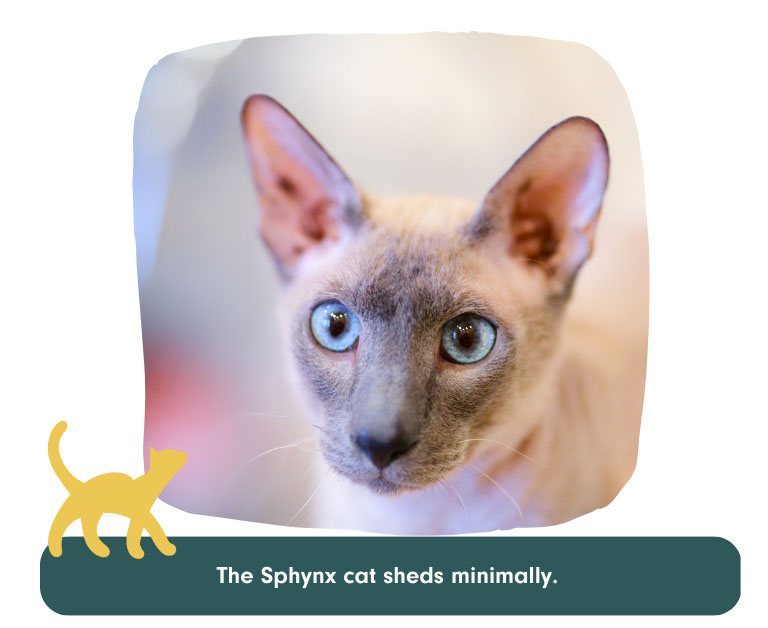
How Much Do Cats Normally Shed?
If you find yourself asking, “Why is my cat shedding so much?” is it what’s considered normal to your household, or is it too much?
Know that there’s a wide range of what’s considered “normal shedding,” as this varies quite a bit from one cat to the next. The amount a cat sheds can depend on several factors, including the breed, the season, and their overall health.
For example, indoor cats tend to shed loose hair year-round. Outdoor cats or those that spend time both indoors and out often go through excessive shedding in the spring and less in the fall, much like their wild ancestors, aligning their shedding cycle with the changing seasons.
Should I Be Worried if My Cat Is Shedding a Lot?
If you notice your cat leaving behind pretty big clumps of loose hair or even developing bald spots in your cat’s coat, it’s time to look a little deeper for possible reasons.
Fortunately, most causes of excessive cat shedding are treatable. Here are nine reasons why your cat is shedding so much—and what you can do to help.
9 Reasons Why Your Cat Is Shedding So Much
It’s that Time of Year
Cats shed more in the spring and fall. This is especially true if your cat goes outside.
In the spring, they’re getting rid of the thicker fur they grew to keep them warm in winter. In the fall, they’re clearing out the lighter summer coat to make way for the thicker winter coat.
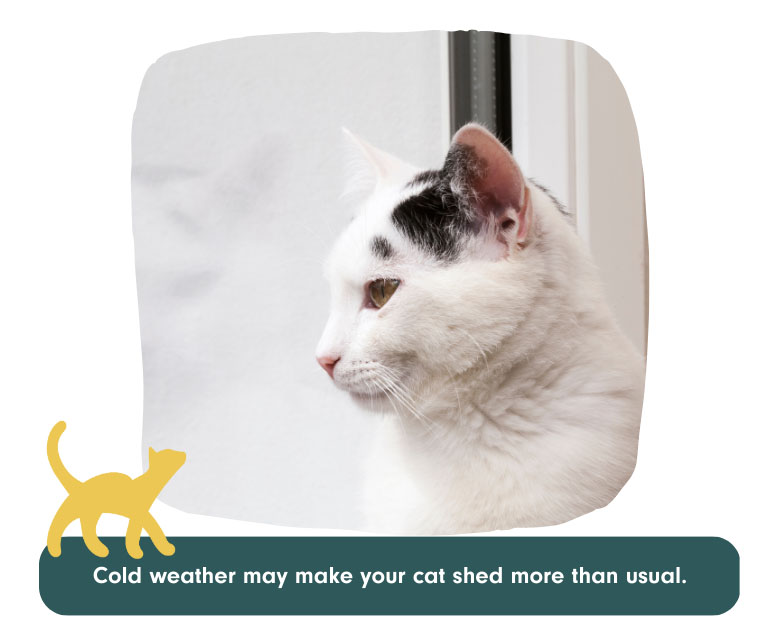
Your Cat Is Stressed
Stress comes in many forms, and a stressed kitty is often a shedding kitty.
Stress can be short-term, like a trip to a vet or their pet parents leaving for a weekend getaway. Perhaps you’ve taken your cat to the vet and noticed a veritable cloud of fluff emerge from their cat carrier. That hair loss is due to short-term stress.
Long-term stress can also lead to a cat’s excessive shedding. This includes things like moving to a new house or additions being made to the family (both human and animal).
If you also notice your cat becoming more withdrawn, meowing excessively, scratching the furniture, or even having litter box problems, stress may be the root cause of all their symptoms.
Fortunately, there are many ways you can help your stressed-out cat, like providing toys and distractions and giving them safe places in the house to call their own. Anxiety supplements, like Zylkene, may also be an option.
Your Cat Is Getting Older
Some senior cats groom themselves less than younger cats, which leads to more hair loss. If you notice your senior cat grooming a little less (with excess shedding), help them by adding more brushing and grooming to your daily kitty routine.
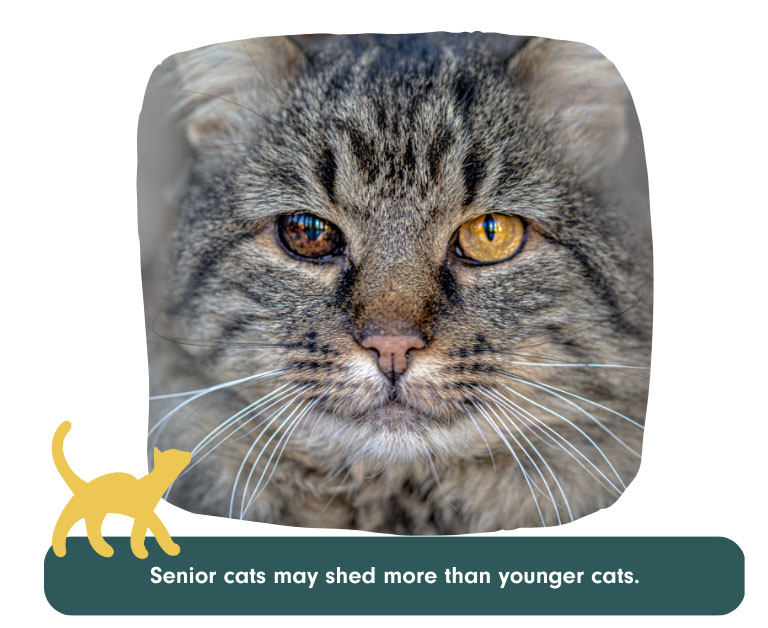
Your Cat Is Pregnant
Pregnant cats have a lot more hormones at play, which can cause a bit more hair loss than normal. You may especially notice a lot of shedding on their stomach since their body is getting ready to nurse their new kittens.
Your Cat Has Parasites
No one likes to think about fleas, mites, and other pests hitching a ride on their furry friends, but it happens. Especially if your cat is allowed outside, unwanted pests can find their way onto them.
When these parasites bite your cat, they cause skin irritation and itchiness. Some cats are also allergic to flea bites, which makes the reaction worse. Your cat’s natural response—to scratch and bite—can lead to dermatitis and hair loss.
To stop the excess shedding and relieve the itchiness and irritation on your cat’s skin, take proactive steps to eliminate parasites from your home and prevent them from making a return appearance.
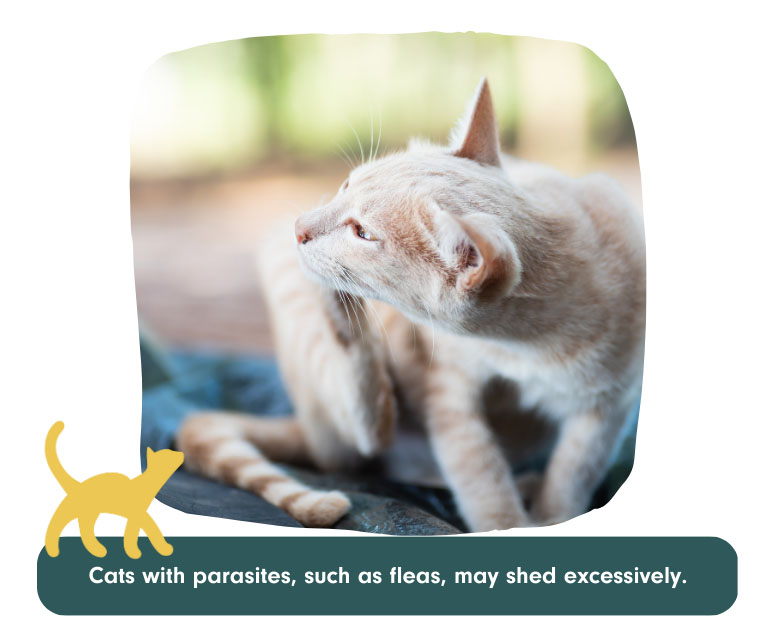
Your Cat Has Allergies
If you notice your cat scratching and shedding a lot of hair, especially if they’re getting bald spots from hair loss and skin irritation, an allergy may be to blame.
Cats can be allergic to many of the same things humans are, including dust, pollen, and certain foods. While it can be difficult to determine what exactly your cat is allergic to, your veterinarian can help figure out what’s causing it and help you find the right treatment.
Your Cat Has a Fungal Infection
Fungal infections, like ringworm, can cause hair loss in patches. It’s not painful, but it is contagious. It can spread to other animals in the house as well as their human parents.
If ringworm is your cat’s shedding culprit, your veterinarian can prescribe creams and shampoos to treat it.
Your Cat Has a Nutritional Deficiency
Nutritional deficiencies can significantly impact your cat’s coat health and change their shedding patterns. If you notice your cat has excessive hair loss and a dull coat, it may be a sign their diet is lacking in essential nutrients. Ensuring your cat receives a well-balanced diet tailored specifically for them is crucial.
One common cause of skin and coat problems in cats is a deficiency in essential fatty acids. A diet rich in omega-3 and omega-6 fatty acids is important for maintaining healthy skin. It also can significantly reduce excessive shedding. That’s because these nutrients play a key role in promoting a shiny, healthy coat and preventing dry, flaky skin that can lead to increased hair loss.
As cats age, their nutritional needs can change, making it important to select a diet that meets their specific requirements. Adding an omega-3 supplement to their diet can further enhance coat health, helping to prevent bald spots and excessive shedding due to over-grooming.
Alongside a nutrient-rich diet, ensuring your cat stays well-hydrated is equally important for maintaining healthy skin and a lustrous coat.
If you’re unsure about the best diet for your cat, or if you’re considering adding supplements to their regimen, consult with your veterinarian. They can provide guidance tailored to your cat’s age, health status, and nutritional needs, helping your feline friend achieve and maintain their shiny-coated self.
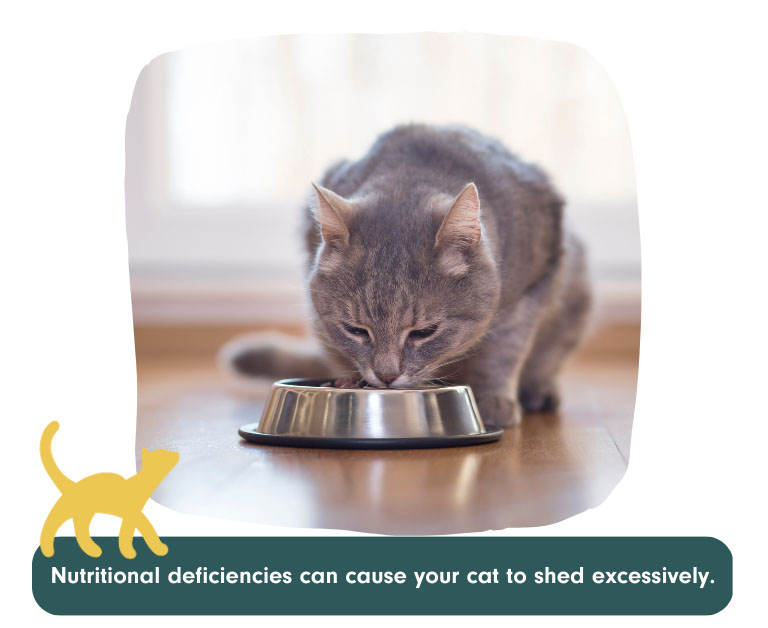
Your Cat Has a Thyroid or Kidney Issue
In rarer cases, an underlying metabolic disease can cause excessive shedding. This includes kidney disease and hyperthyroidism.
Just because your cat starts shedding doesn’t mean they have one of these more serious conditions. As listed above, there are many other causes of your cat’s shedding that are more likely culprits.
However, if you notice additional symptoms such as increased drinking and urination or a matted and greasy coat, you should talk to your veterinarian. When caught early, these diseases can be managed.
How to Manage Your Cat’s Shedding
Once your vet has ruled out any medical conditions, one of the most straightforward (and perhaps the most rewarding) methods to help your kitty, whether they’re indoor cats or outdoor cats, is by regular grooming. Brushing daily not only keeps your cat’s coat looking shiny and healthy, but it also catches loose hairs before they end up on your furniture. And trust me, your kitty will probably love the extra attention!
Make sure you get the right kind of brush to help remove loose hair from your cat. Long-haired breeds may require more brushing and a specialized brush.
Consider using air filters in your home to catch loose hair. If your cat is blowing out their coat, vacuum a little more often and wash your linens. Keep hair rollers on hand, especially if you have guests.
FAQs
What’s the Difference between Cat “Fur” and Cat “Hair”?
The terms “fur” and “hair” are used interchangeably when talking about cats. However, “fur” often refers to a cat’s dense, soft coat, while “hair” might be used for the longer, individual strands. Cats have two types of hair: guard hairs for protection and underfur for insulation. The distinction between fur and hair is mostly about how the words are used rather than a biological difference.
Is It Normal for Indoor Cats to Shed a Lot?
Yes, it is normal for indoor cats to shed a lot. They tend to shed consistently year-round due to the constant temperatures in homes from heating and air conditioning, which can disrupt their natural shedding cycles. My colleague was taken aback by how much her indoor cat, Chip, shed—it was enough to blanket her dresses in a layer of white fur!
The Tail End
Every cat parent has asked, “Why is my cat shedding so much?” at some point in their lives. Remember, dealing with cat shedding is a natural part of having a kitty companion, though sometimes it’s a little more than we expect. But remember, shedding is a natural process for cats, allowing for new hair growth, and is generally a sign of a good healthy coat.
Fortunately, most causes of excess shedding are easily treated and managed. By finding the cause of our cat’s excessive shedding, we can improve their lives and ours.
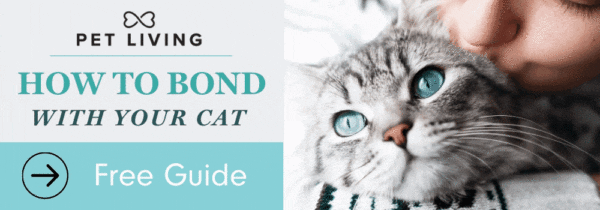


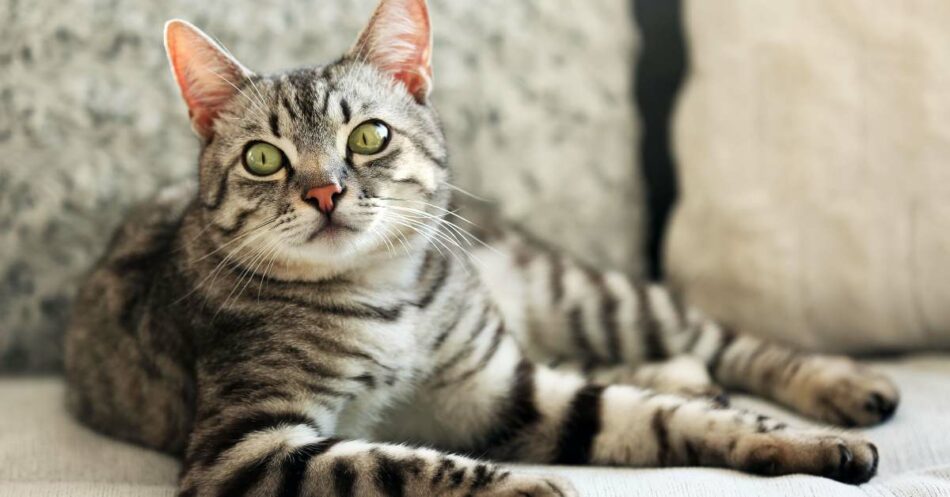
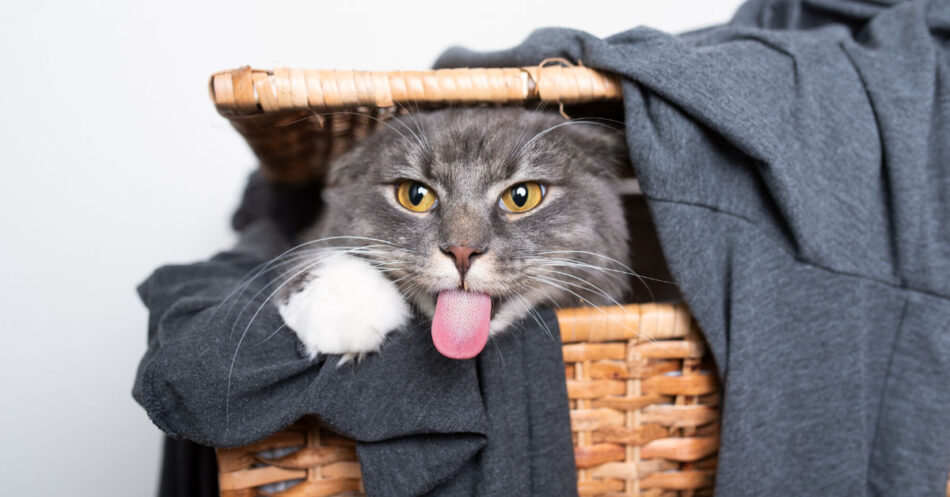
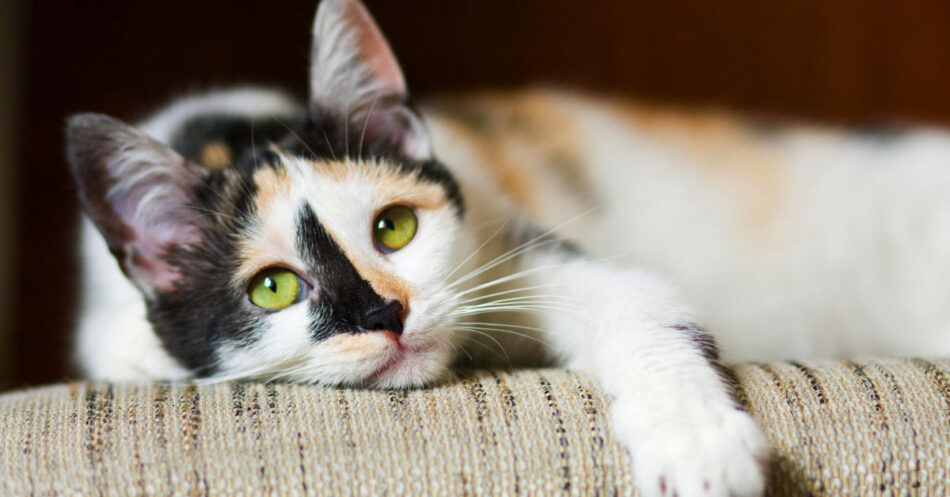
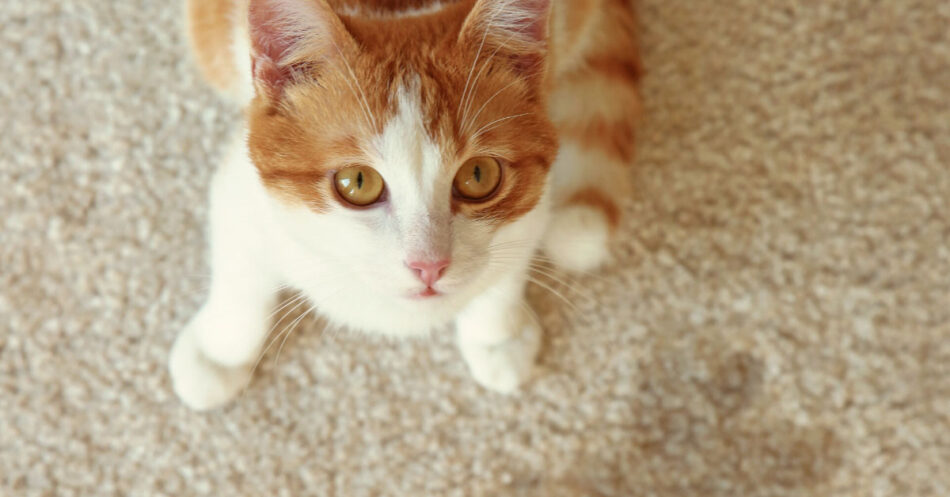
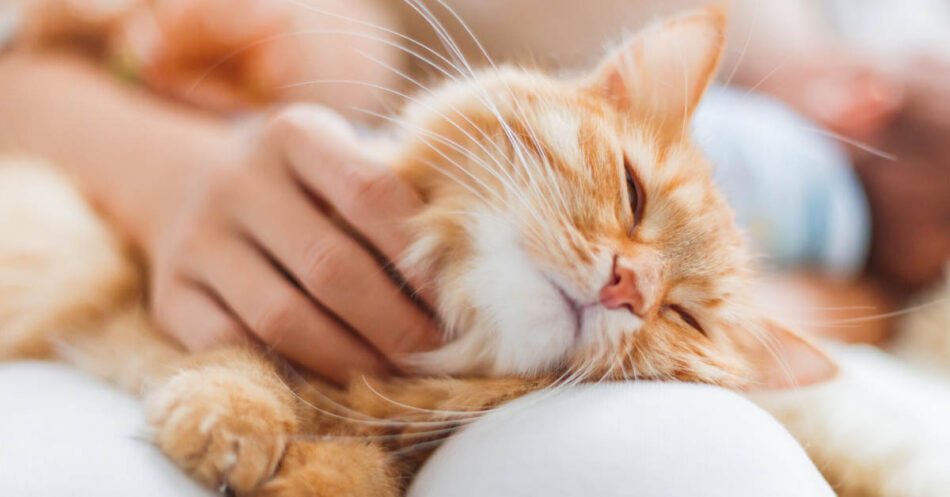
I have 3 cat’s mama has patches of hair sticking together.boy has the same.now other daughter has beautiful hair but my questions are what can I do to get smooth again my adopted son moved out and left here I really need help on knowing what to do I Love them so much I am scared to bathe and brush hair and hurt them please help me do Right thing.thank you Judy
Hi Judy,
I think that your cats have matted fur. Matted fur can be painful, so you do need to remove the matted fur. For small clumps of fur, here are some things you can try. First, do not bathe your cat before removing the clump. Rub a little corn starch into the clump and then gently comb it. Take your time and give treats to your cat while you do this. If it can not be removed with a comb or if the clump is very large, you may need to shave it out with clippers. A professional groomer can help you shave the clump out safely.
Sometimes matted fur means a cat stopped grooming. If your cat stopped grooming, they might be sick, so you may want to talk to your veterinarians.
I hope this helps, and I hope your kitties are smooth and matted-fur-free again soon :-)!
Kristen